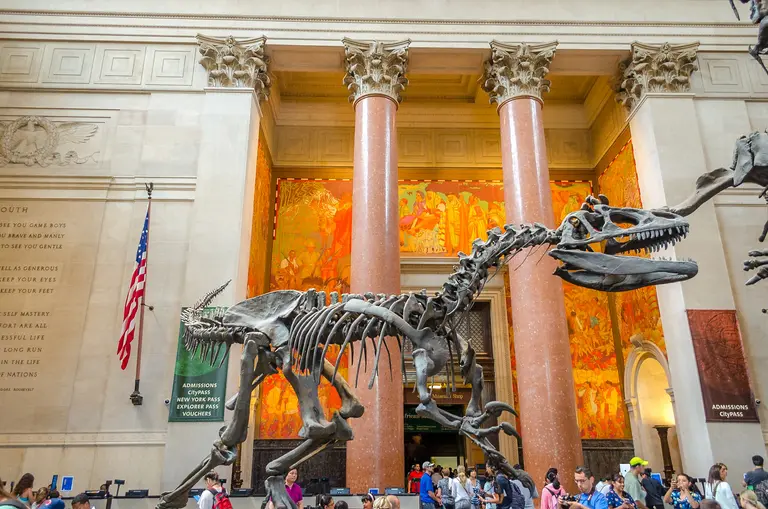
Photo via Flickr cc
8 things you may not know about the American Museum of Natural History
READ MORE

Photo via Flickr cc
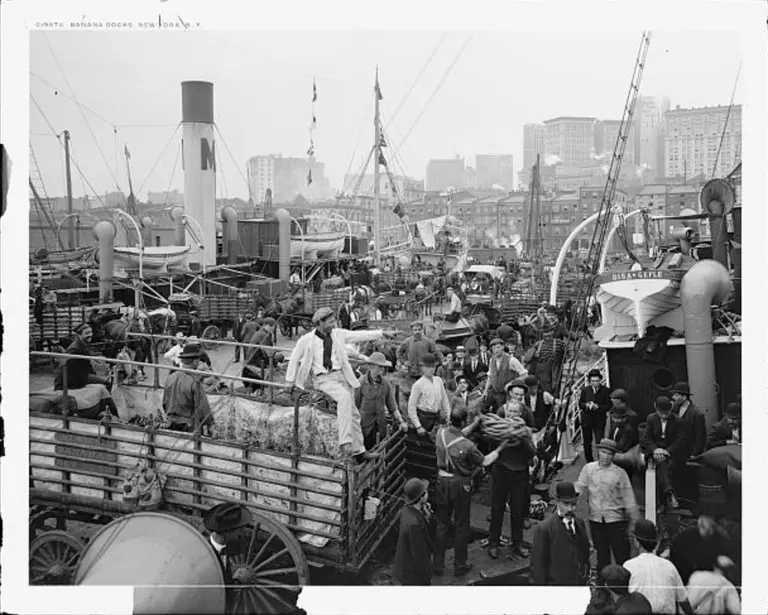
“Banana Docks, New York” c. 1906. Via The Library of Congress
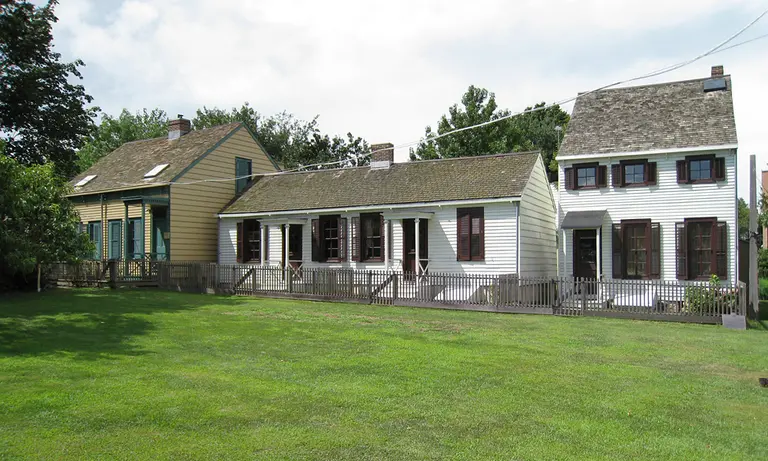
The Center’s historic Hunterfly Road Houses via Wiki Commons
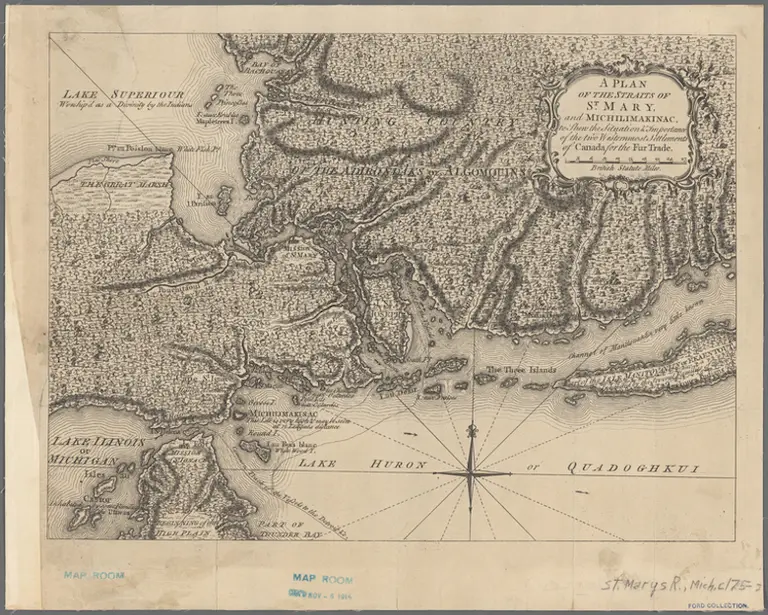
Map of the Western Canadian Fur Trade, ca. 1750-1759. The North American Fur Trade Began with French Merchants in Canada. Via NYPL Digital Collections
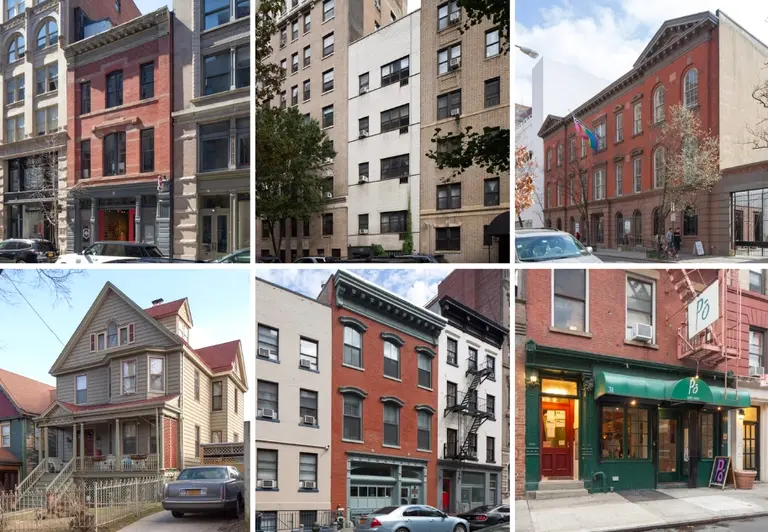
Top, left to right: GAA Firehouse, James Baldwin Residence, LGBT Community Center; Bottom, left to right: Audre Lorde Residence, Women’s Liberation Center, Caffe Cino; Photos courtesy of NYC LGBT Historic Sites Project
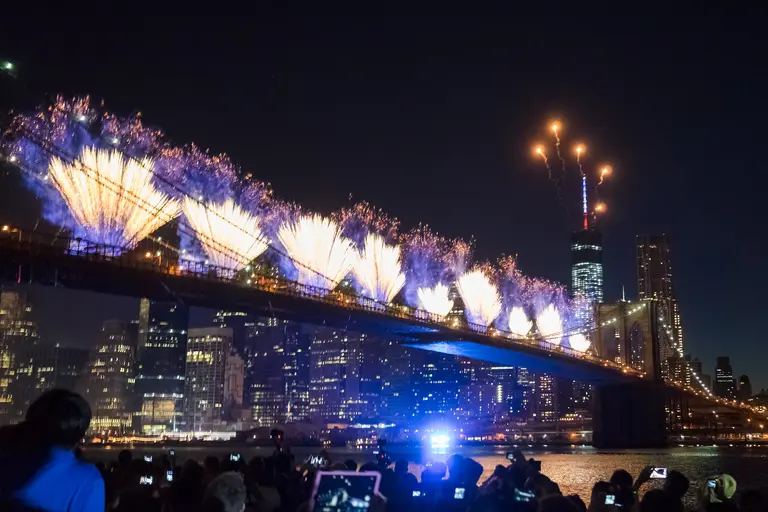
Photo from the 2014 Brooklyn Bridge display, via Flickr cc

The Hunterfly Road Houses, part of the Center, via Wiki Commons
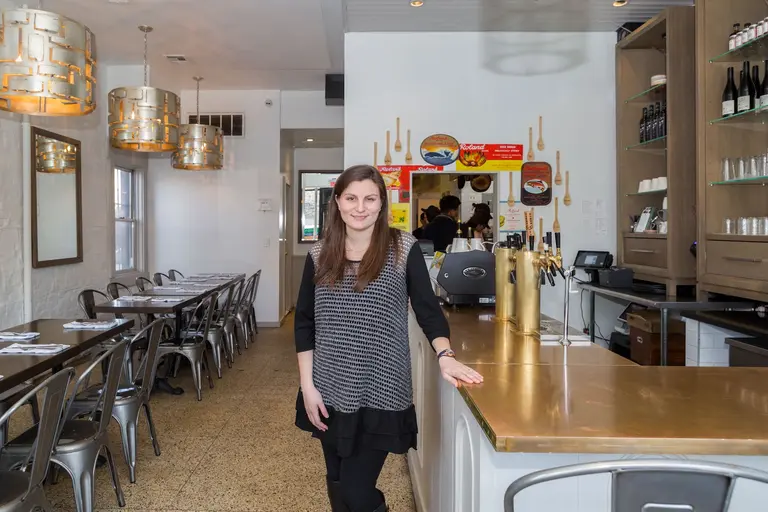
6sqft’s series “Where I Work” takes us into the studios, offices, and off-beat workspaces of New Yorkers across the city. In this installment, we’re touring Carroll Gardens nonprofit-restaurant Emma’s Torch. Want to see your business featured here? Get in touch!
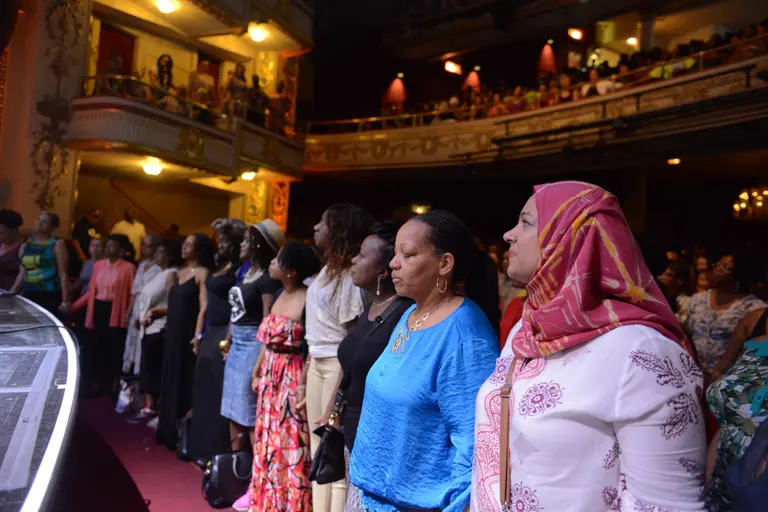
Women from all over the world unite at the Apollo Theater, photo by Shahar Azran, courtesy of the Apollo Theater
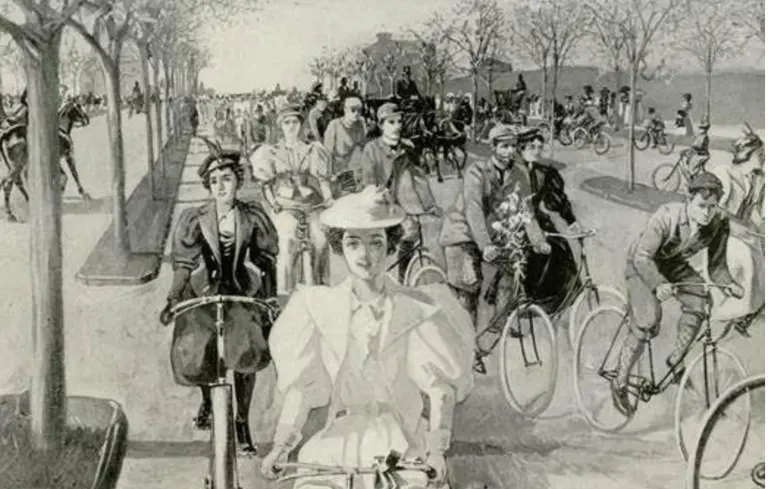
New York Awheel―On the Riverside Drive, Near the Great Monument, Munsey’s Magazine, May 1896, Illustrator: J.M. Gleeson, Private collection courtesy of the Museum of the City of New York
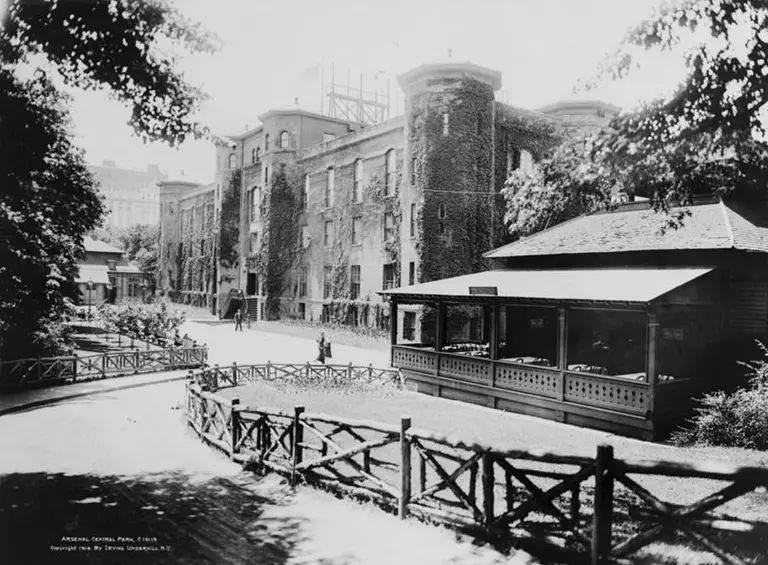
The Arsenal c. 1914, via Library of Congress
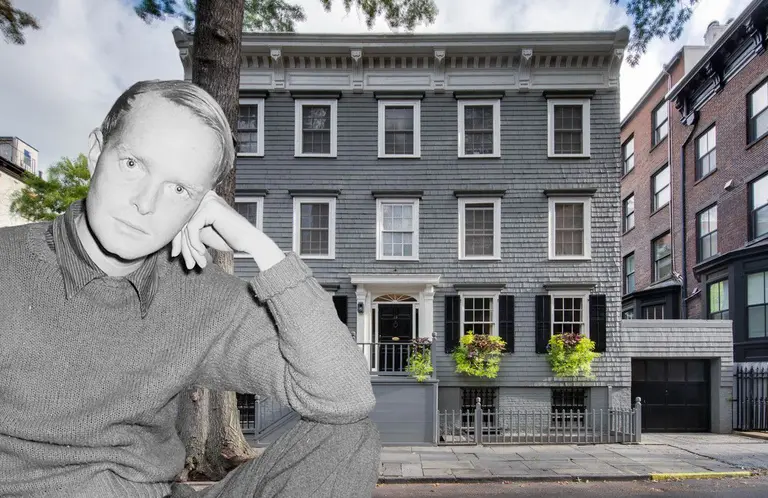
Photo of Truman Capote via Wiki Commons
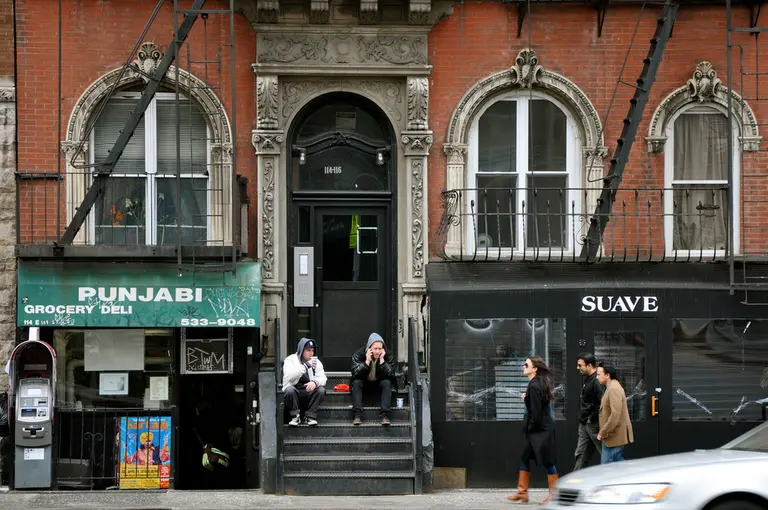
Images: Via Flickr cc (L); Via Wiki Commons (R)
Images: Via Flickr cc (L); Via Wiki Commons (R) These $15 socks were inspired by the Carroll Street subway stop’s “lawn green” and “hunter green” wall tiles. [NYP] Target’s small-format store in Kips Bay is hiring 80 employees ahead of its April 7th opening. [NBC] The East Village’s Punjabi Deli has served as a hangout, rest […]
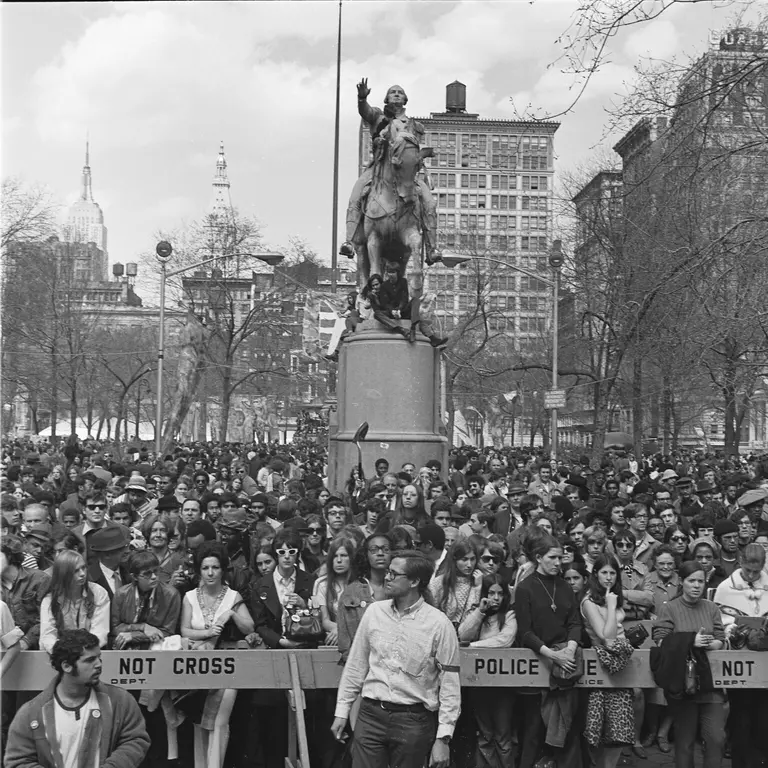
First Earth Day, April 22, 1970. View of crowds in Union Square, NYC Parks Photo Archive, Neg #53262_28. All of the photos in this post are courtesy of the Parks Department.
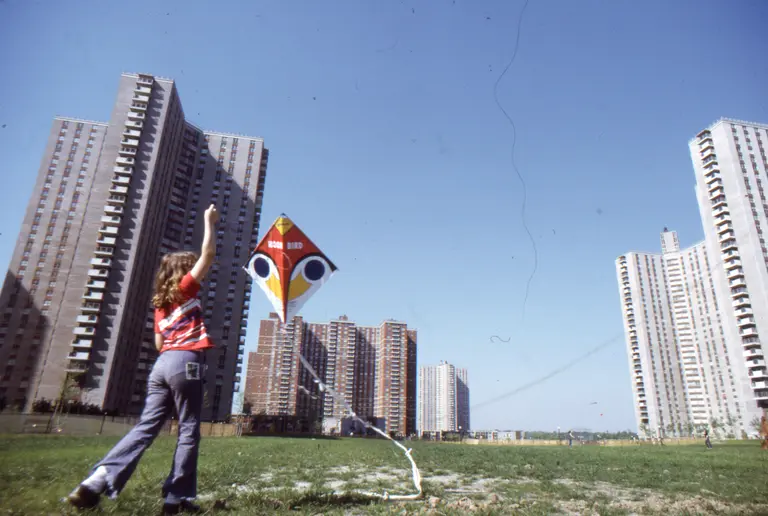
All photos included in this post were taken at Co-op City in the early 1970s and are courtesy of Co-op City